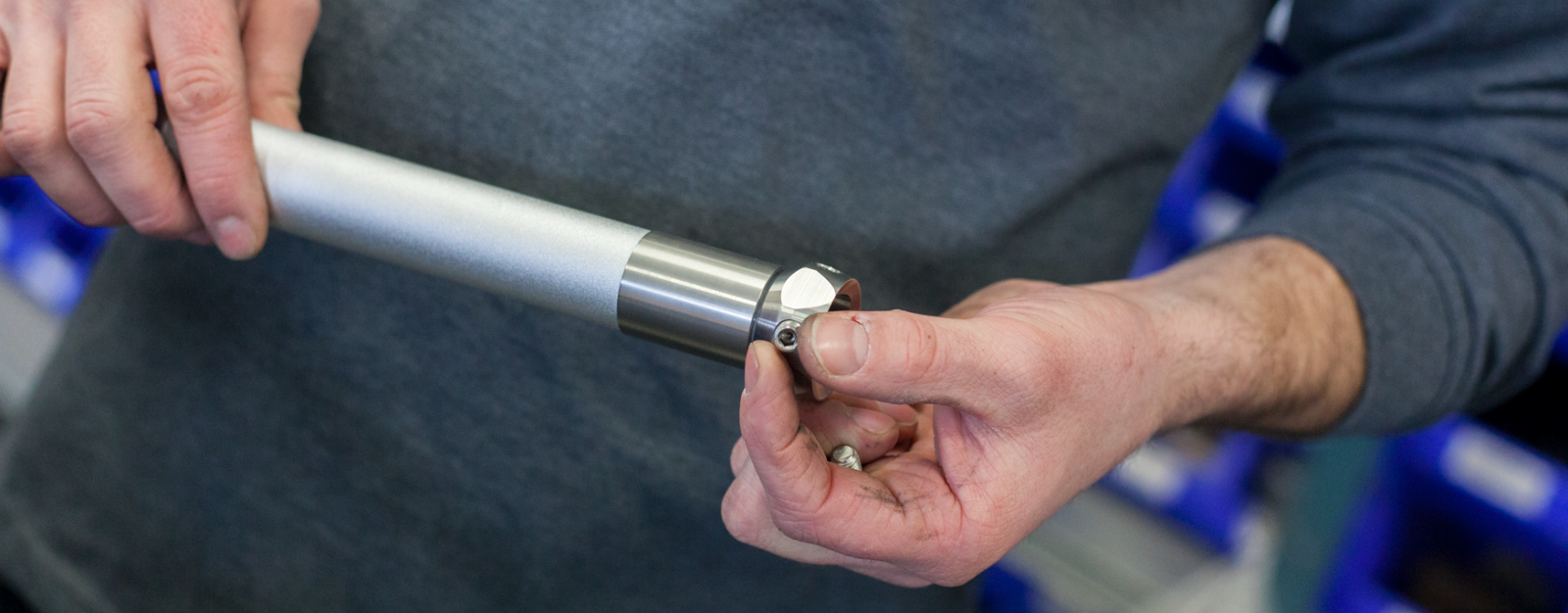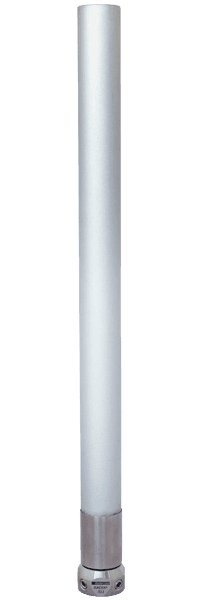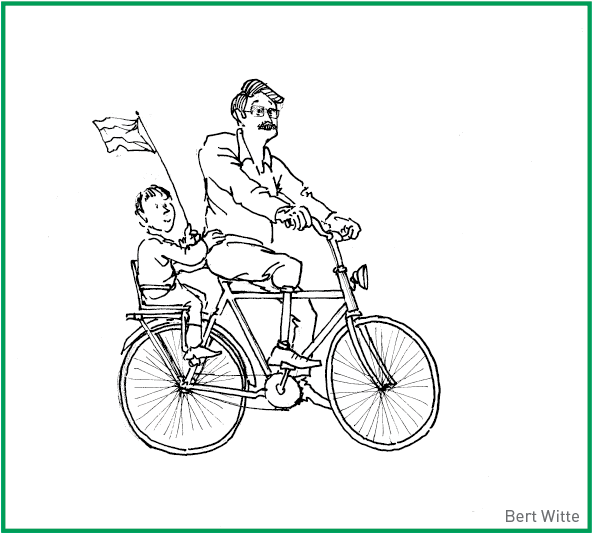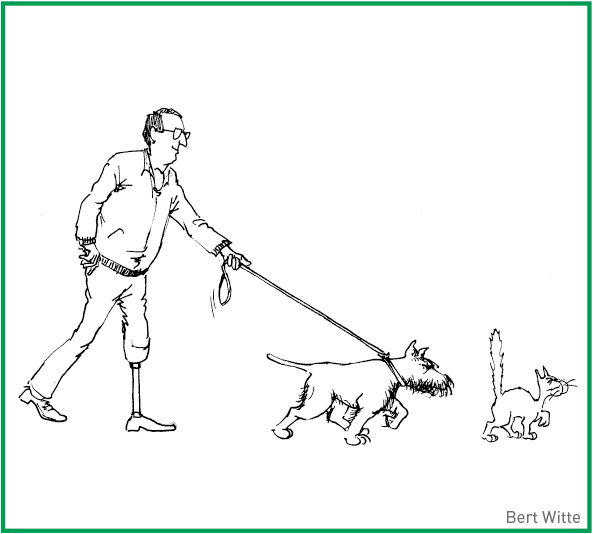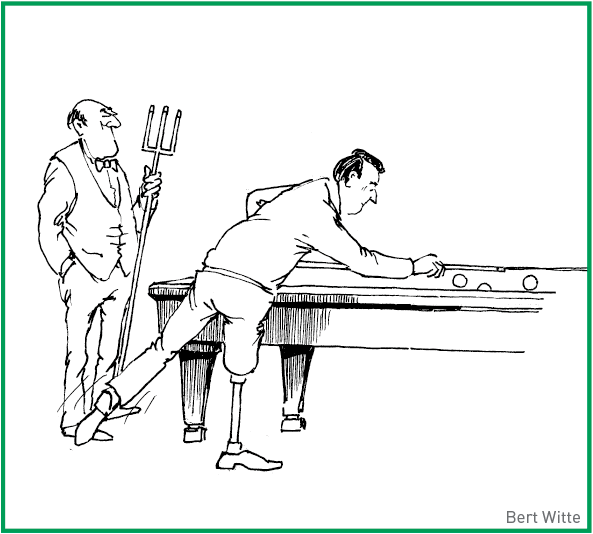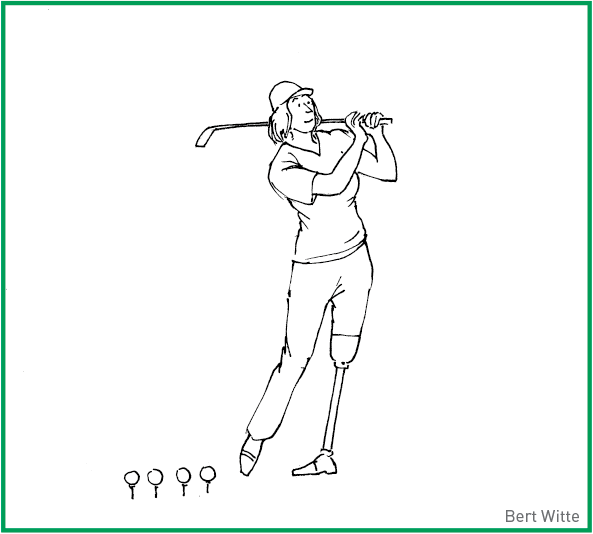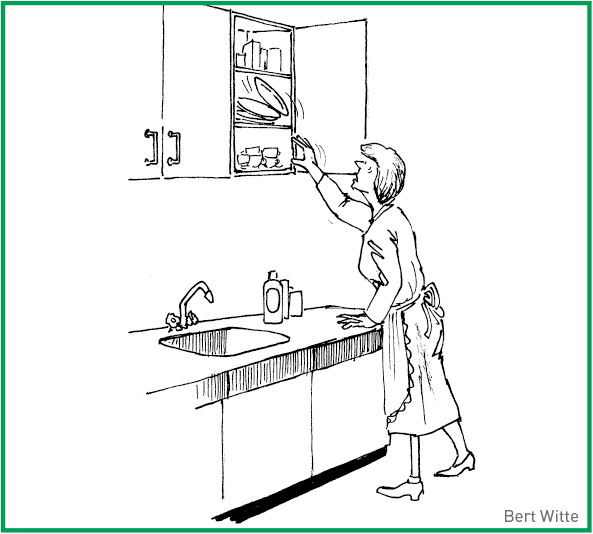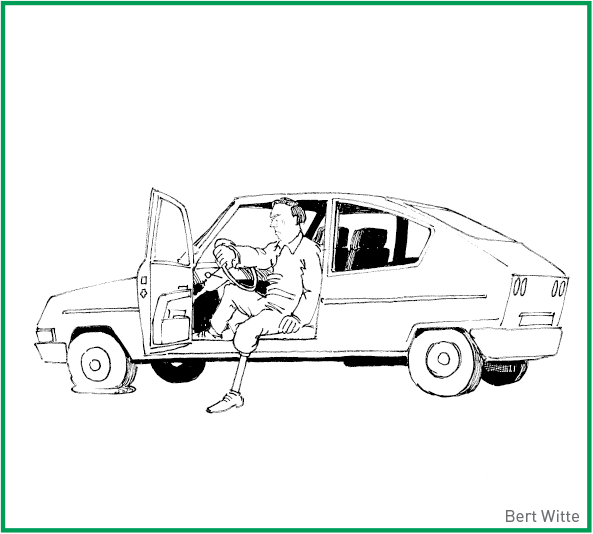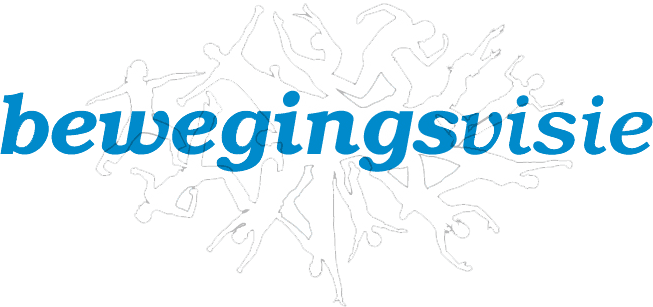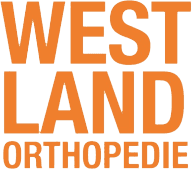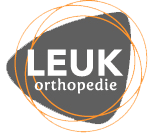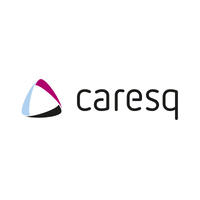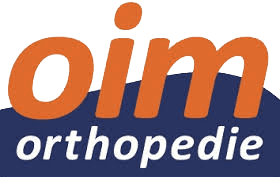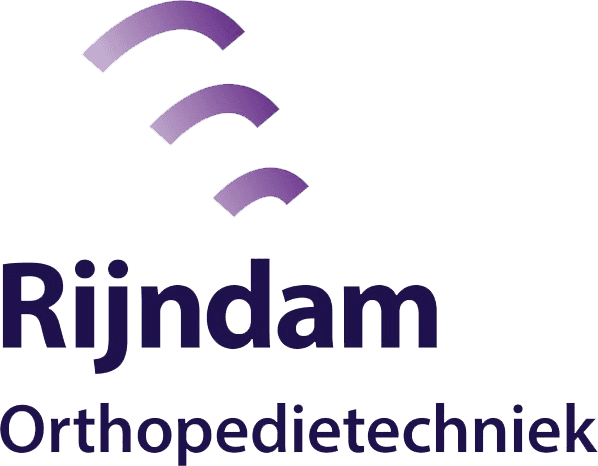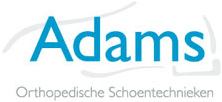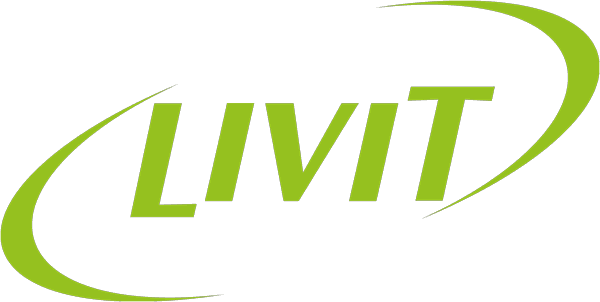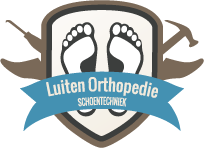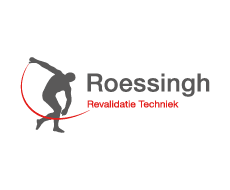That’s what it’s all about!
We normally don’t think about it, but on a regular day we make a lot of moves. Particularly rotating movements. In the kitchen if we want to grab something or work on the counter.In the room when we sit down or just get up again. For those rotating movements, your prosthesis does not always work smoothly. Fortunately, we can do something about it.
A leg is extremely intelligent, with bones, joints and muscles that sometimes even move alongside each other. With an amputation, that natural motility is lost. Rotation becomes a matter of the muscles around the remaining part of the leg. Often this is not comfortable because you feel the friction of the prosthesis tube. This can soon lead to sensitive and damaged skin.
In situations like this we talk about the term ‘torsional rigidity’. Something that turns smooth has a low torsional rigidity. Something that rotates difficult, a high torsional rigidity. And we both need it. With moving movements like standing, sitting and walking, low torsional rigidity is desired. But when we lower the heel, high torsional stiffness prevents the foot from swabbing and the prosthesis becomes unsafe and unstable.
The RADIX prosthesis component combines a low and high rigidity rotations. This greatly increases the wearing comfort of your prosthesis. For information about this, you can contact your orthopedic instrument maker or Ambroise.
